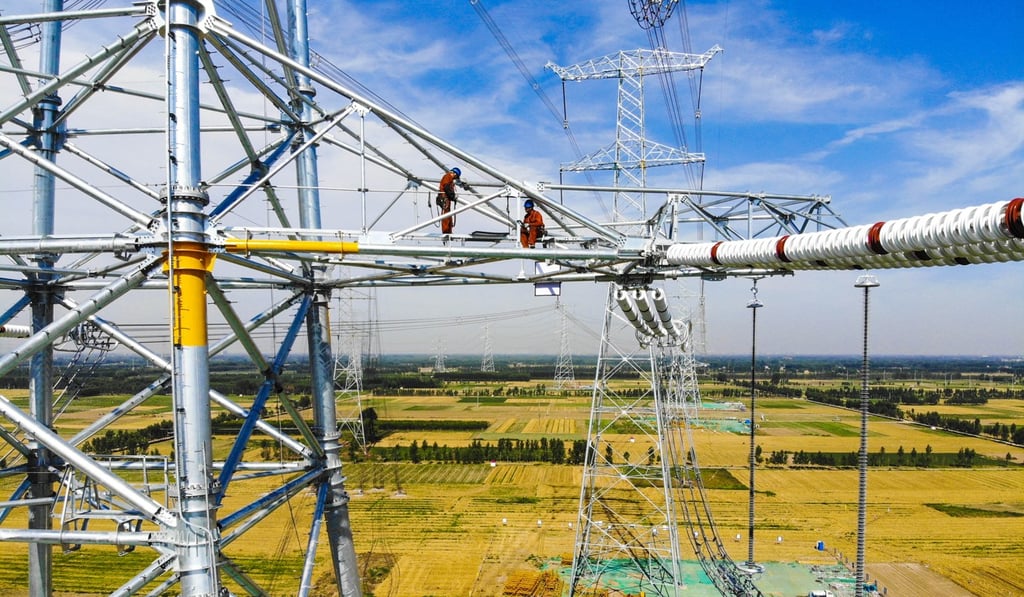China invests US$163.2 billion in infrastructure to stave off economic slowdown and effect of trade war
- Since the start of December, the National Development and Reform Commission has approved 16 projects
- Projects include the Shanghai Urban Rail Transit, worth US$44.24 billion having approved just seven in the previous 12 months worth just US$15.69 billion

China’s state planner has been rapidly approving big infrastructure projects, as it looks to give its flagging economy a shot in the arm.
Since the start of December, the National Development and Reform Commission (NDRC) has approved 16 projects, worth at least 1.1 trillion yuan (US$163.2 billion) in total, according to South China Morning Post analysis of official data.
By comparison, between December 2017 and January 2018, the NDRC approved just seven projects, worth a total of 105.79 billion yuan (US$15.69 billion).
The most expensive project on the approval list is an expansion of the Shanghai Urban Rail Transit. With a price tag of 298.35 billion yuan (US$44.24 billion), the network is aimed to better connect the financial hub’s two airports and two major railway stations, according to the statement from the NDRC.
The acceleration comes after the NDRC vowed to speed up project approvals. This was in response to Beijing last month signalling more stimulus to counter the effect of the trade war with the United States and a broad-based slowdown in the domestic economy.
